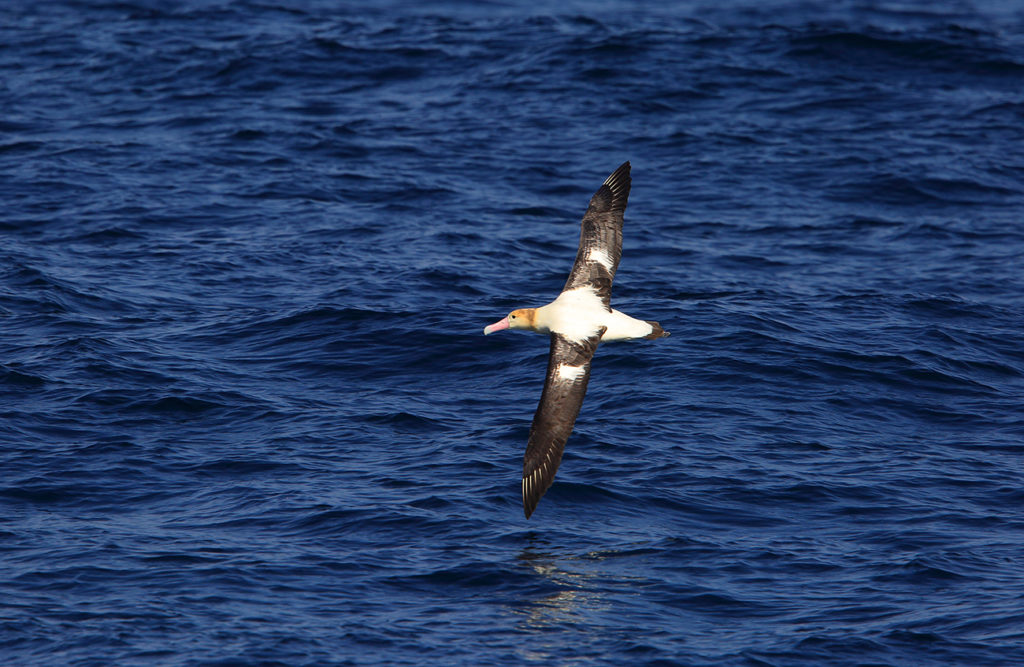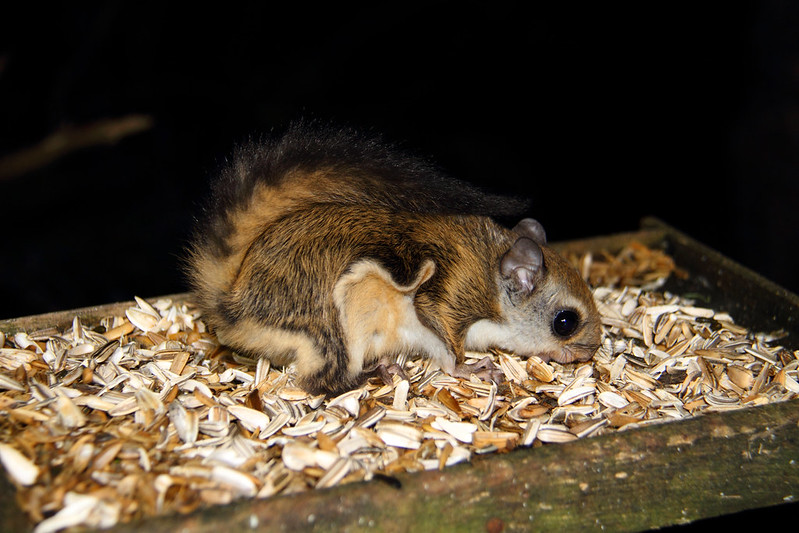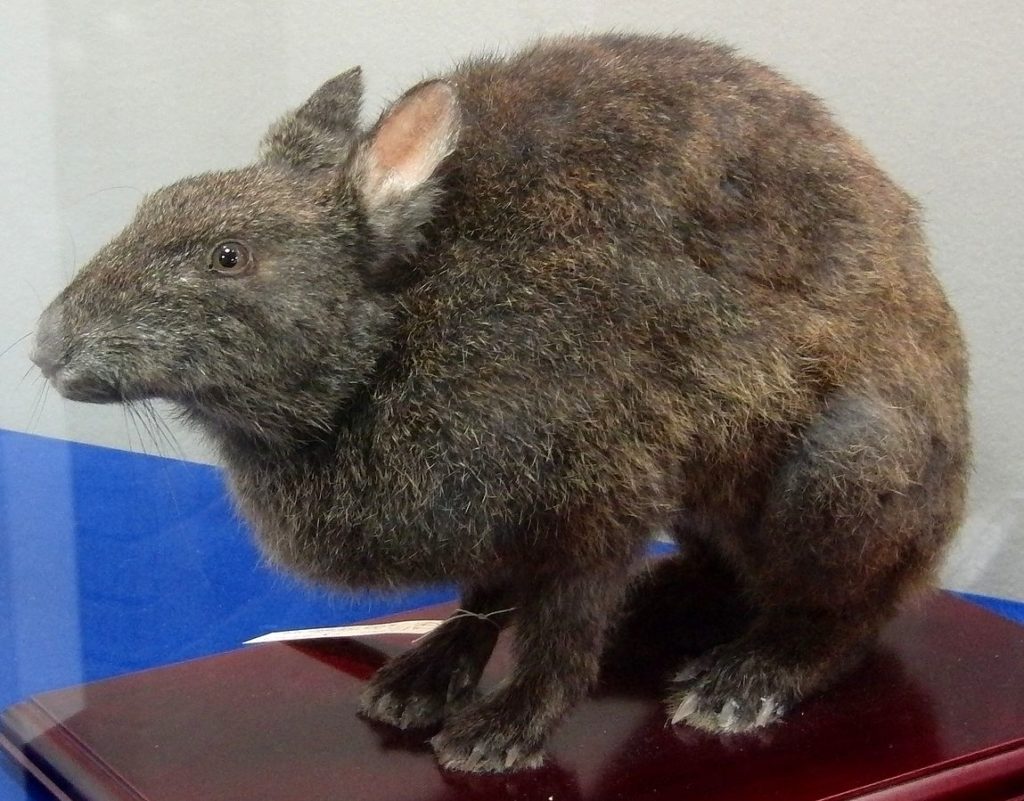
Fascinating Japanese Wildlife
Japan is a nation composed of 6,852 islands. It is no wonder that many fascinating and unique wildlife species can be found there. Given the country’s broad range of climactic zones, the variety of Japan’s wildlife is immense.
Here are a few of the Japanese wildlife native to Japan:
Japanese dwarf flying squirrel
Japanese dwarf flying squirrel (Pteromys momonga; ニホンモモンガ; Nihon momonga) – a type of flying squirrel only 14-20 centimeters long and weighing about 150 to 220 grams. These little creatures are grey or brown in color with white bellies, large eyes, and flat tails. They are nocturnal and love to nestle in tree holes during the day to sleep. They eat seeds, fruits, leaves, bark, and buds. The Japanese dwarf flying squirrel soars by means of its patagium, gliding membranes that works as wings and allows it to glide from tree to tree.
Short-tailed Albatross
Short-tailed Albatross (Phoebastria albatrus) – a medium-sized rare bird that was nearly brought to extinction by the trade in its feathers. These birds were hunted down on an almost industrial scale in the mid 19th century. By the 1930s, the only Short-tailed Albatross population was on Torishima. The Japanese government finally banned hunting of the species, and they are now found to nest on the islands of Torishima, Muko-jima, and Minami-kojima in the Senkaku Islands.
Amami rabbit, stuffed specimen. | Momotarou2012
Amami Rabbit (Pentalagus furnessi; Amamino kuro usagi; アマミノクロウサギ 奄美野黒兔) – also known as the Ryuku rabbit, it is a dark-furred rabbit found only in the small islands of Amami Ōshima and Toku-no-Shima. They are considered living fossils because they are believed to be living remnants of ancient rabbits from the Asian mainland. They are nocturnal forest dwellers that breed in late March–May and September–December. They have a bulky body and short hind legs and feet with large curved claws used for digging and climbing. They have smaller eyes and ears than other hares and rabbits. Amami rabbits were trapped and hunted, causing their numbers to decline. In 1963, the Japanese government declared the species a special natural monument, thus protecting them from being hunted and trapped.
